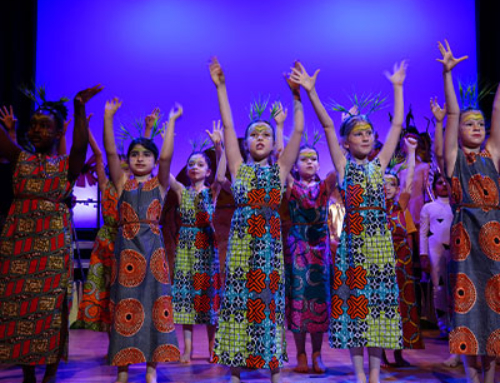This week, I’ve been thinking of church music and how it has often been stigmatised as boring, old and repetitive music. However, recently I have come across several pieces of modern composition that demonstrates that church music (especially hymns) is still prevalent and influential in both pop and contemporary composition.
Our Prayer is a wordless hymn by Brian Wilson, the leader of the American band, The Beach Boys, from their 1969 album 20/20 and their never-finished Smile project. The song is acappella (sung without accompaniment) and the title may be a reference to the 1939 traditional pop standard My Prayer by The Platters. Music journalist, Paul Williams, described Our Prayer as ‘a wonderful wordless beginning for a record that for the most part uses words the same it uses strings keyboards – for their sounds.’ In other words, The Beach Boys sing to ‘ah’, a very open vowel sound that allows their voices to imitate the wholesome choral church sound Brian Wilson intended to create. Wilson’s use of chromatic harmony also demonstrates why bands like The Beach Boys (The Beatles being another example) will be remembered as the best pop music creators, as the innovative use of harmony (and not just repeating the same four chords as many pop songs do) creates such brilliantly interesting sound worlds of colour.
My Prayer has two popular, yet quite varied recordings, one in 1939 featuring The Ink Spots, and one in 1956, a doo wop rendition by The Platters. The latter’s recording made number one on the Billboard Top 100. Doo wop is a subcategory of vocal music that is similar to barbershop and features group harmony, a wide range of vocal parts, nonsense syllables (not featured as much in this rendition) a simple beat, and light instrumentation.
In contrast, The Light We Cast, is a more modern and contemporary version of a prayer and hymn and is from the video game, Everybody’s Gone To The Rapture. This gorgeous score, written by Jessica Curry, features English nostalgia at its best and takes inspiration from English composers such as Elgar and Vaughan Williams. This particular track takes from old English plainchant and mimics ancient church music through its use of acapella mixed voices and chant-like melody. The harmony consists of parallel fifths and fourths, which used to be considered consonant harmony in medieval times. Interestingly, the harmony we accept today as consonant (or dissonant and clashing) was considered back then as dissonant and jarring to the ear. Curry’s wonderful pastiche once again demonstrates how influential church music still is in contemporary composition.














